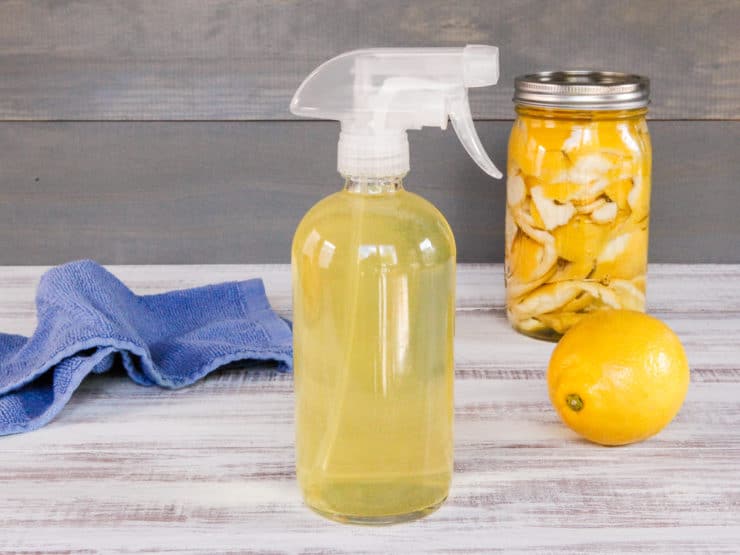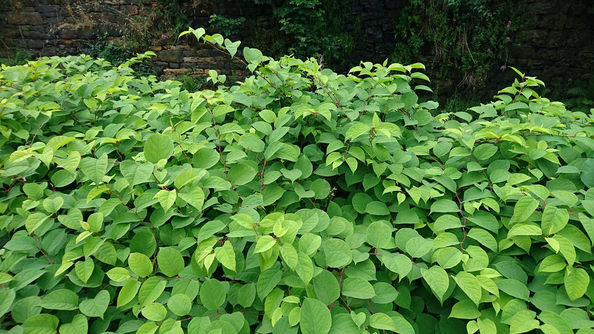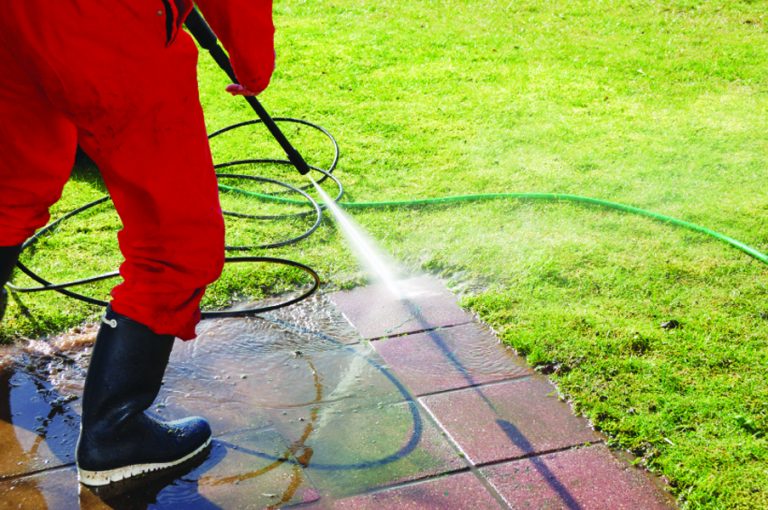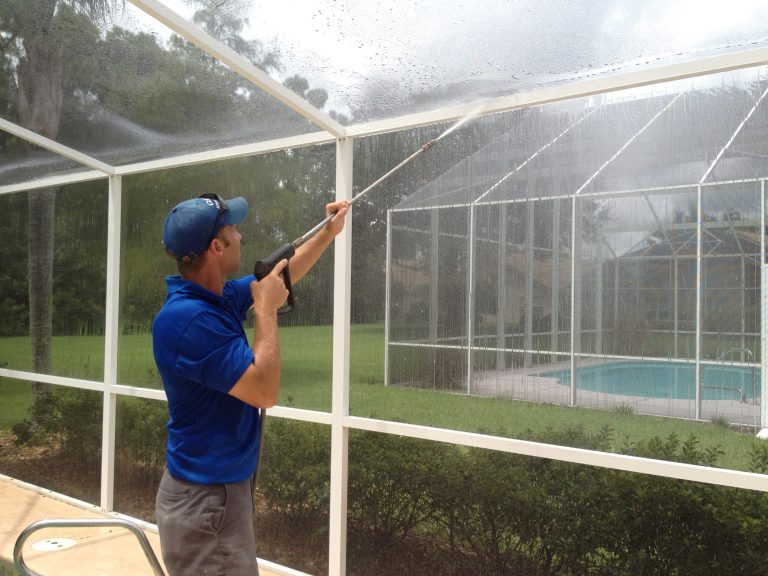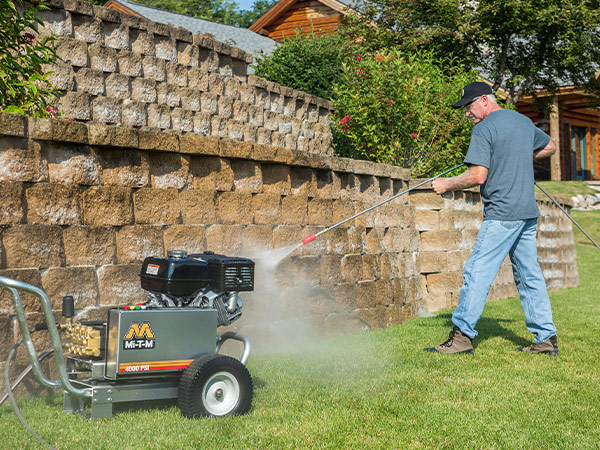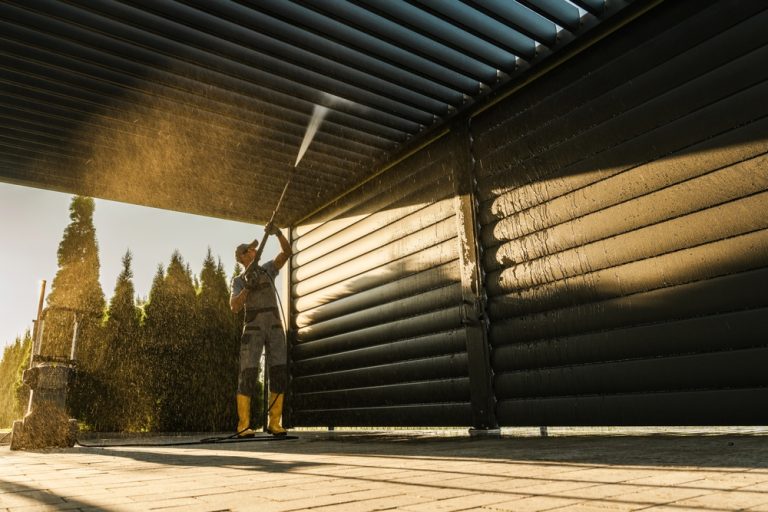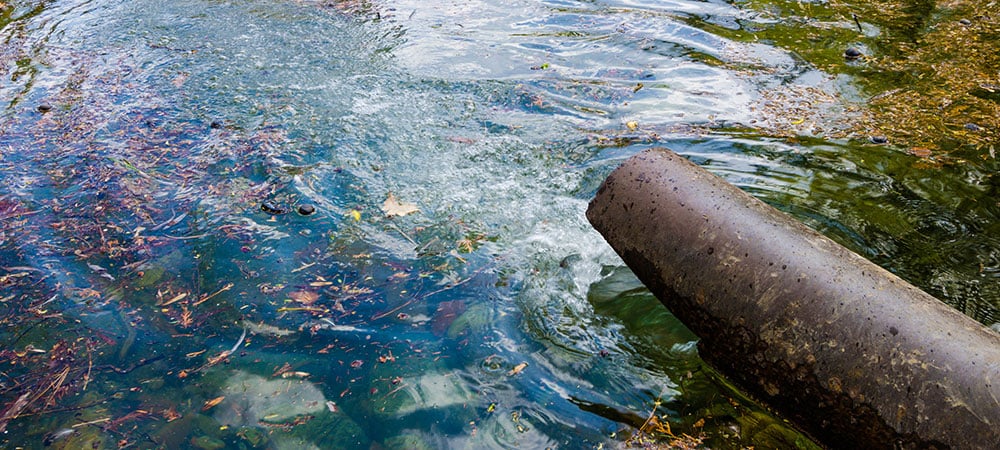
Pressure washing has become a go-to method for cleaning everything from residential driveways to commercial facades. It’s fast, effective, and satisfying to watch. But beneath that satisfying spray lies an often-overlooked problem: the environmental consequences—specifically, its role in watershed pollution. 🌧️💧
While industries and agriculture are usually blamed for contaminating our watersheds, residential and commercial pressure washing is a silent contributor. This article explores how pressure washing can impact local water systems and what homeowners, contractors, and communities can do to mitigate the damage.
💧 What Is a Watershed?
A watershed is an area of land that drains rainfall and snowmelt into rivers, lakes, and oceans. It includes not just streams and rivers, but everything in between—lawns, roads, sidewalks, storm drains, and buildings. 🏞️
When water falls on these surfaces, it picks up contaminants and carries them into the nearest drainage point, usually a storm drain. Unlike household wastewater that goes to a treatment plant, stormwater often flows untreated directly into natural water bodies. And that’s where pressure washing becomes a problem.
🧼 How Pressure Washing Pollutes Watersheds
Pressure washing typically involves high volumes of water mixed with cleaning agents like:
- Detergents and soaps (some with phosphates or surfactants)
- Bleach or ammonia-based cleaners
- Degreasers and solvents
When these substances are sprayed onto sidewalks, buildings, or driveways, they run off into nearby gutters and storm drains—and eventually, into the watershed. 🌊🛑
Even if you’re using water only, the runoff can carry:
- Oil, grease, and fuel from driveways and parking lots
- Paint flakes or heavy metals from old siding
- Fertilizers, pesticides, and herbicides from lawns
- Bacteria from animal waste
Together, these pollutants can harm aquatic ecosystems, poison wildlife, and reduce water quality for human use. 🐟🚱
🧪 What’s in the Runoff?
Let’s break down some of the most common contaminants in power washing runoff:
| Contaminant | Source | Environmental Impact |
|---|---|---|
| Phosphates | Detergents | Fuel algal blooms and oxygen depletion |
| Hydrocarbons | Driveways, engines | Toxic to fish and aquatic insects |
| Chlorine bleach | Cleaners | Kills beneficial aquatic bacteria |
| Sediment | Erosion from high pressure | Clouds water, harms fish gills |
| Heavy metals | Paint, rust | Long-term soil and water toxicity |
One backyard cleaning may not seem like much. But consider the millions of homes and businesses using pressure washers across the country every year. That adds up to a massive, largely unregulated source of pollution.
🏘️ Urban Watersheds Are Most at Risk
In natural settings, rainwater gets filtered through soil and plant roots. In urban areas, however, most surfaces are impermeable—concrete, asphalt, rooftops. These surfaces create what’s called non-point source pollution, meaning the pollutants don’t come from one pipe or factory, but from thousands of tiny sources.
When you pressure wash a patio or storefront in the city, your runoff often heads straight into storm drains, carrying whatever contaminants are present into the nearest stream or river.
Urban watersheds are especially vulnerable because:
- They have fewer natural filters (trees, soil) 🌳
- They contain more surfaces to collect pollutants
- There’s often poor education about safe cleaning practices
- Older infrastructure can’t handle high runoff volumes
🚧 Real-World Consequences
Several municipalities have studied the environmental effects of power washing runoff and found:
- Elevated nutrient levels in nearby creeks and estuaries
- Increased sediment loads, which bury aquatic habitats
- Spikes in bacterial contamination, especially in recreational waters
- Greater need for costly municipal stormwater filtration systems
In some areas, repeated pressure washing of sidewalks and storefronts has resulted in visible algae growth, fish die-offs, and beach closures.
✅ How to Pressure Wash Without Polluting
Good news: You can still pressure wash without hurting your local watershed. Here’s how:
1. Use Eco-Friendly Cleaners 🌿
Choose biodegradable, phosphate-free, and pH-neutral detergents. Avoid bleach, ammonia, or acid-based products unless you’re capturing the runoff.
2. Contain and Redirect Runoff 🚫
Never let wastewater flow into the street or storm drain. Use berms, mats, or even towels to redirect water into gravel or grass areas where it can be filtered naturally.
3. Use a Vacuum Recovery System 💧
Many professional-grade washers now come with attachments that suck up dirty water for proper disposal or filtration.
4. Schedule Smart 🕒
Avoid washing right before or during a storm. Rain increases the volume of runoff and reduces the ground’s ability to filter it.
5. Educate Your Community 🗣️
Most people don’t realize power washing has environmental risks. Help spread the word through HOAs, social media, or local events.
🧠 Final Thoughts
Power washing is a powerful tool—but with power comes responsibility. While it may seem like a minor household task, its cumulative impact on our watersheds is real and growing.
By using eco-friendly products, capturing runoff, and educating others, we can enjoy clean sidewalks and homes without sacrificing our rivers, lakes, and oceans. 🌍🧼
Clean smarter. Protect your watershed. Every drop counts. ✅
